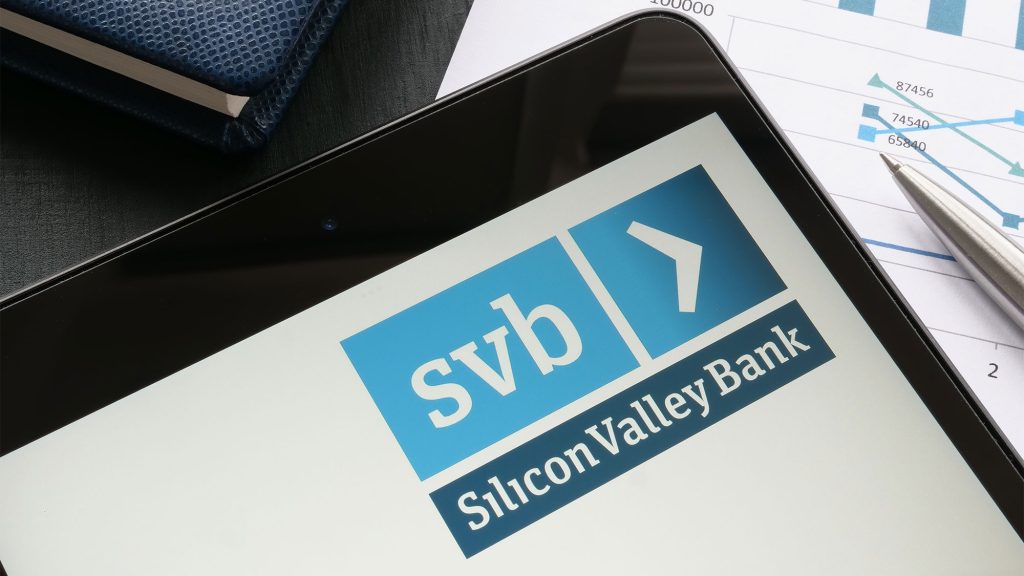On Thursday, Silicon Valley Bank (SVB) released its highly-anticipated State of the U.S. Wine Industry report for 2025.
SVB’s yearly report is widely considered to be the leading source of information on market trends in the wine business, offering an analysis of the overall industry and sharing marketing strategies based on data on pricing, sales, and wineries’ financial standings. Additionally, the report makes several predictions for the industry at large, as well as forecasts for supply and demand and future pricing structures.
In line with previous years’ findings, the 2025 report does little to quell the doom and gloom permeating the wine world. The report’s data suggests that total wine category sales will end 2024 with negative volume growth between 1 and 3 percent, with the weighted average of wineries experiencing a 3.4 percent revenue decline. SVB also predicts that tasting room visitation will be slightly lower in 2025, after already lukewarm results in 2024.
In addition to these stats, SVB shared three key takeaways, the first of which reveals the two dominant factors behind wine’s glaring supply imbalance: a fundamental shift in consumer demographics and the resurgence of anti-alcohol messaging.
For decades, Baby Boomers were the primary consumers of wine. However, as the generation ages, younger consumers have failed to take their place, more drawn to categories like beer and spirits or not drinking at all. If these younger consumers are drinking wine, they’re not drinking the same varieties as their elder counterparts. The report argues that this contrast between the preferences of older, high-spending consumers and the newly emerging drinking demographic is a “key issue” in the new era of wine consumption.
“The wine industry is undergoing a significant change, marking the first demand-based correction in three decades,” Silicon Valley Bank Wine Division founder and author of the report Rob McMillan said in a statement. “We have been predicting a generational shift for many years, and the 2025 report data solidifies the wine industry is now living that reality. Different parts of the industry will heal at different times, but we can expect a continued downturn for some time before we reach flat growth.”
But the generational difference is only one-half of the issue. The return of anti-alcohol rhetoric — echoed by the Surgeon General’s recent advisory — also drives the current supply imbalance as messages are more targeted towards any alcohol consumption rather than the abusive or harmful consumption habits past temperance movements were aimed at.
The report’s second key takeaway is inherently linked to its first: the decline of the Boomer population will lead to more aggressive outreach to a younger demographic. “Consumers are not changing their minds about wine,” McMillan says. “Older, 60+-year-old consumers who historically index higher for wine purchases are sunsetting, replaced by younger consumers who index lower for wine and prefer other drink categories.”
SVB asserts that it is essential for the wine industry to rethink its approach to the 30-45 age group to improve wine’s share among beer and spirits. One of the ways they say this can be done is by developing occasion-based marketing campaigns targeted specifically for this demographic, which may potentially offset declines in older generations.
Finally, SVB shares its takes on the metrics fueling the wine industry’s downturn. Per SVB estimates, Baby Boomer’s impact on sales declines will continue for years to come, peaking between 2029 and 2031. Depending on successes in adapting to a new consumer, the premium business will return to flat growth between 2027 and 2029. Off-premise growth will also go flat between 2028 and 2031.
While the overall report can hardly be called positive, there are a few diamonds in the rough. For example, wine-based ready-to-drink (RTD) products are growing steadily, up 29.3 percent year-over-year by volume. No- and low-alcohol wine is also a bright spot, up 27.2 percent, though there are limits to how vast the category can grow. White wine and Prosecco also demonstrated positive growth rates by volume, with white wine securing better sales growth rates than red wine.
Digging deeper into wineries’ financial standings, the news isn’t all negative either. While the bottom quartile is down approximately 16 percent, the top quartile grew by 22 percent last year. Moreover, most of the winery owners surveyed reported “generally good” financial health, despite decreased sales and lower profitability. But to maintain this standing, and ensure the industry’s future health, understanding consumer demand and shifting marketing strategies is of the utmost importance.
“The one certainty in this market cycle is change. As the fundamental assumptions that led to industry growth have evolved, the tactics we counted on need to be revised to restore growth,” the report states. “The fix isn’t simple. The entire wine category is fragmented, making collaborations difficult. However, the reasons behind the adverse market are the same for everyone, so collaboration to market the category remains the best solution.”
The article 3 Takeaways From Silicon Valley Bank’s 2025 State of the U.S. Wine Industry Report appeared first on VinePair.
